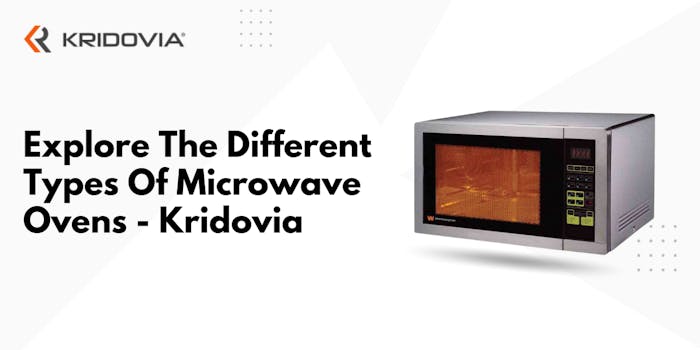Frequently Asked Questions
1. What are the different types of microwave ovens available in the market?
- Solo Microwave
- Countertop Microwave
- Over-the-Range Microwave
- Built-in Microwave
- Convection Microwave
2. What is the difference between a regular microwave and a convection microwave?
A regular microwave uses microwaves to heat food by vibrating water molecules, while a convection microwave has additional heating elements and a fan to circulate hot air. This allows convection microwaves to bake, roast, and brown food, similar to a conventional oven.
3. Which type of microwave oven is best suited for small kitchens?
Countertop microwaves are an excellent choice for small kitchens as they are compact and can be easily placed on any available countertop space. They don't require any installation or additional cabinetry, making them a flexible option.
4. Can over-the-range microwaves be used without an exhaust vent?
Yes, over-the-range microwaves can be used without an exhaust vent. They usually come with two options: vented and non-vented. Non-vented models recirculate air through a built-in filter, while vented models require an exhaust duct to remove air outside. If you don't have an exhaust vent, you can choose a non-vented microwave and use the built-in filter.
5. Are built-in microwaves compatible with existing kitchen cabinetry?
Built-in microwaves are designed to be integrated into kitchen cabinetry. They come in various sizes to fit standard cabinet openings and can be customized with trim kits to achieve a seamless look. However, it's essential to check the dimensions and requirements of the specific model to ensure compatibility with your existing cabinetry.











